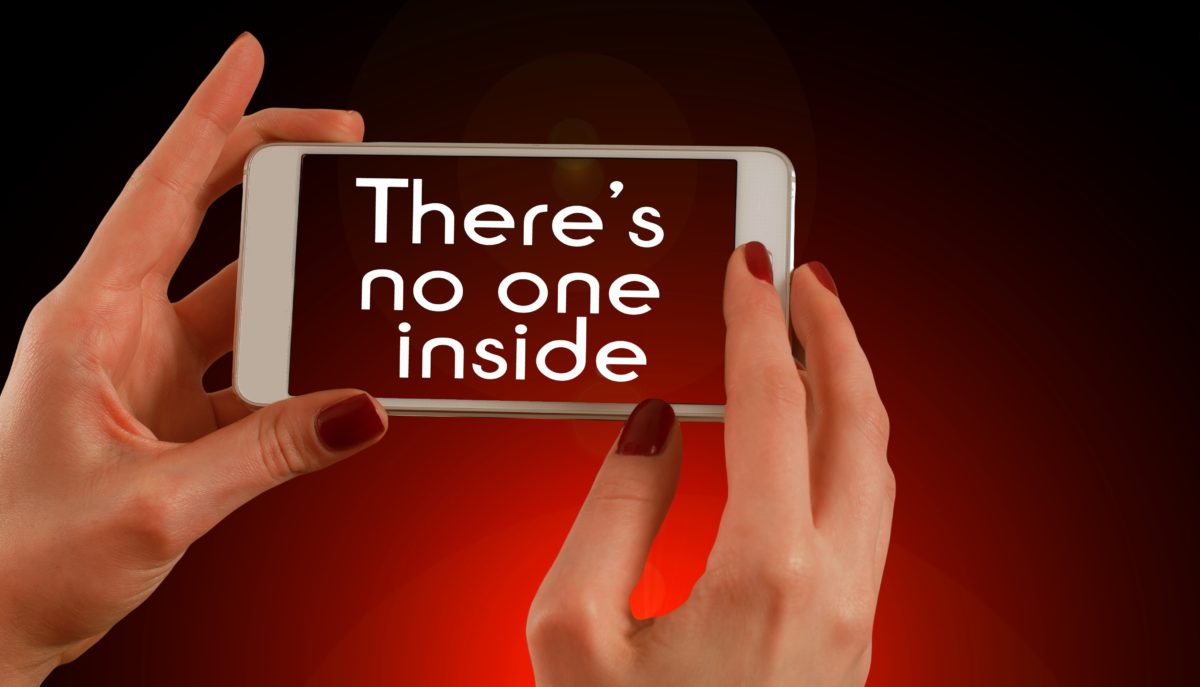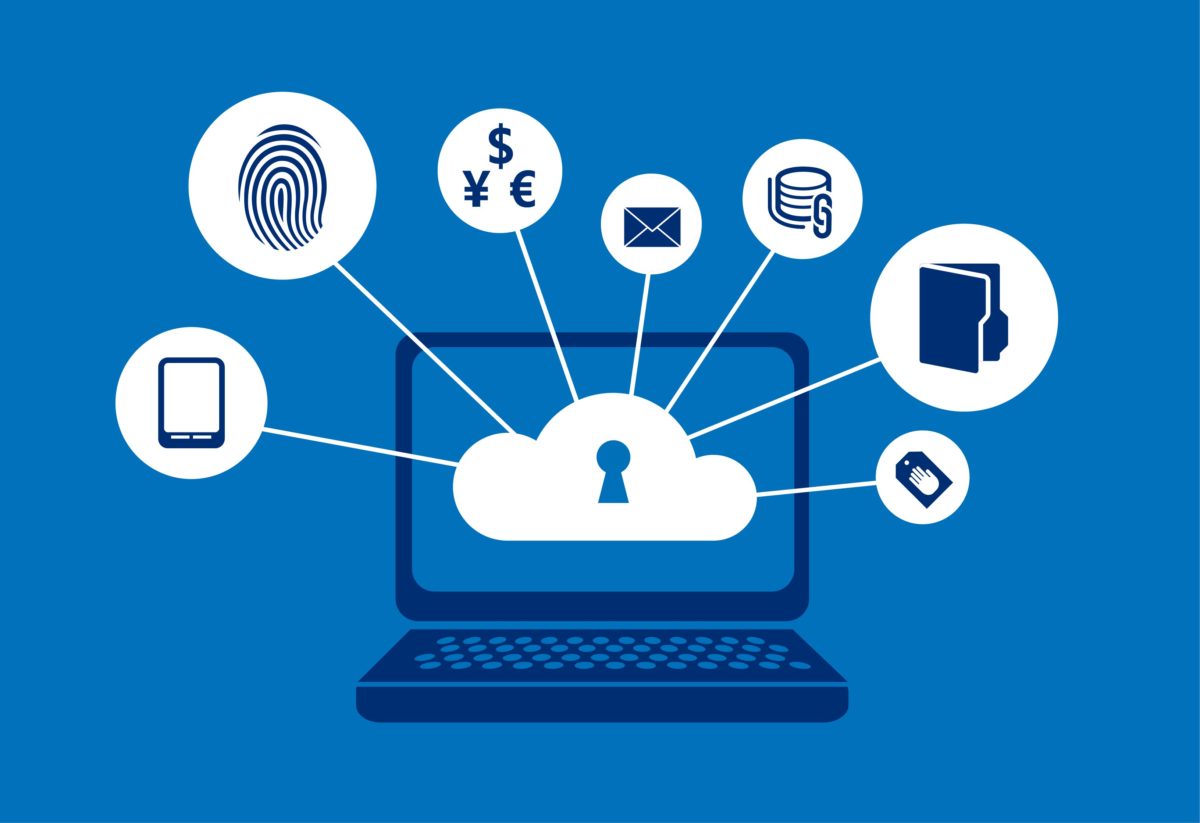There are many out there including renowned people like Mark Zuckerburg who believe virtual reality will be the next major computing platform. We all know where we want virtual to eventually get – to create the feeling of real presence. By analyzing the Oculus rift (the most advanced virtual reality technology we have today) we will briefly look at where virtual reality is today and more importantly focus on what is expected in the coming years.
Genesis
There are full feature headsets like the rift and mobile headsets like the Gear VR. The mobile headsets mostly work with apps and their capabilities are limited. The full feature headsets are more advanced and provide a far more enriched experience. Notably video games have reaped the most benefits from full feature virtual reality technology, though the illusion remains incomplete because not all senses and natural human interactions are catered for. You can see and hear but not feel, experience, touch, smell or interact with.
So whats next?
People First
A key element that is missing in VR is the ability to interact with real people within the virtual space. Oculus rift in collaboration with Facebook addressed this very issue during the Oculus Rift connect 3 keynote. During the live demo Mark Zuckerberg illustrated interacting with the live avatars of his friends, playing games or watching videos together and going to places together or even checking up on things in their own homes or offices together. They also merging reality with the virtual world by picking up a video call from the real world in the virtual world and taking a selfie in the virtual world and posting it on Facebook in the real world. Even though this is the tip of the iceberg, this further grey’s the lines between what’s real and what’s virtual. How amazing would it to chat with your friends in the virtual world and being able to see their facial or body expressions and do things together in this other world where you can bring in any kind of experience that you want?
It doesn’t stop there, there are plans for mixed reality which is coined augmented reality. You will be in control of every pixel in the scene and anything could be virtual or real. Virtual work spaces with virtual people is among the many possibilities of this sort of idea.
Revolution
Not only that, we have all heard about The MOOC Revolution that Wasn’t. With over 8 million students that enrolled in online courses of which only half of those who signed up watched even one lecture and only 4% actually stayed long enough to complete the course, MOOC’s failed to disrupt higher education. The Rift promises to dedicate an entire section of the Oculus store entirely to educational content and has dedicated 10M into an educational fund to support developers creating educational content for VR. Could this revolutionize higher education as we were promised many years ago?
References:
https://www.facebook.com/oculusvr/videos/886145024820346/
https://techcrunch.com/2014/09/11/the-mooc-revolution-that-wasnt/


